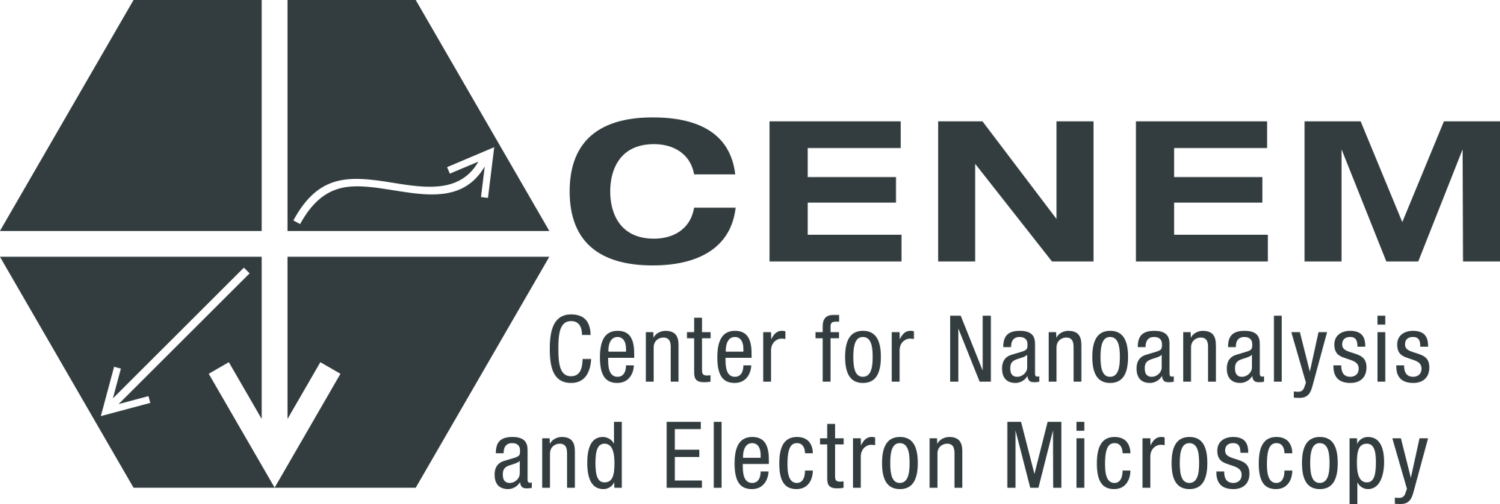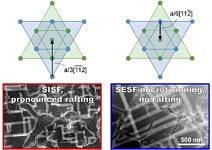Mechanisms of asymmetric tension/compression creep deformation in a Co-base superalloy revealed
The tension/compression asymmetries of materials, i.e., changing the mechanism loading directions while keeping all other parameters identical, is particularly interesting as it provides insight into the elementary defect mechanisms. In a recent work published in Acta Materialia (click here), CENEM researchers Malte Lenz and coworkers have just revealed this mechanism in a Co-base superalloy, a very important material promising the next generation high-performance turbine blades in aviation industry.
In this work the creep behavior was investigated for a multinary single crystal Co-base superalloy developed by the SFB/TR-103 cooperation partners from WW1. Uniaxial tension and compression of 400 MPa applied along [001] at 850 °C was compred. Creep under tensile stress proceeds two times faster than creep under compression. A detailed TEM study shows that already after ~ 0.3 % creep strain planar faults are formed in both samples. While extended a/2<112> ribbons with SISF loops embedded in ABPs are observed in tension, extrinsic SFs are revealed in compression. At ~ 5 % creep strain SISFs confined to the γ’ phase dominate in tension, whereas extrinsic SFs and microtwins extending across both phases are the prevalent planar faults in compression. In addition, dense networks of regular a/2<101> matrix dislocations develop at the γ/γ’ interfaces in both loading scenarios. In tensile creep and early compressive creep the direct contribution of planar faults to plastic deformation is minor and does not exceed 10 % of the measured plastic strain. In contrast, thickening of microtwins appears to become an efficient deformation channel in the later stages of compressive creep. A pronounced asymmetry regarding the rafting kinetics is observed as well resulting in a P-type rafted and topologically inverted microstructure after ~ 5 % creep in tension while hardly any rafting has occurred under compression. The pronounced rafting and related recovery processes are likely responsible for the inferior creep behavior in tension. Finally, two novel diffusion-assisted degradation mechanisms related to microtwins are shown to be active: an expansion of the γ phase into γ’ precipitates along microtwins and the formation of γ phase nuclei at planar fault intersections inside γ’. Both phenomena are hypothesized to be triggered by segregation of γ formers like Co and Cr to twin boundaries.
Congratulations, Malte and colleagues!

